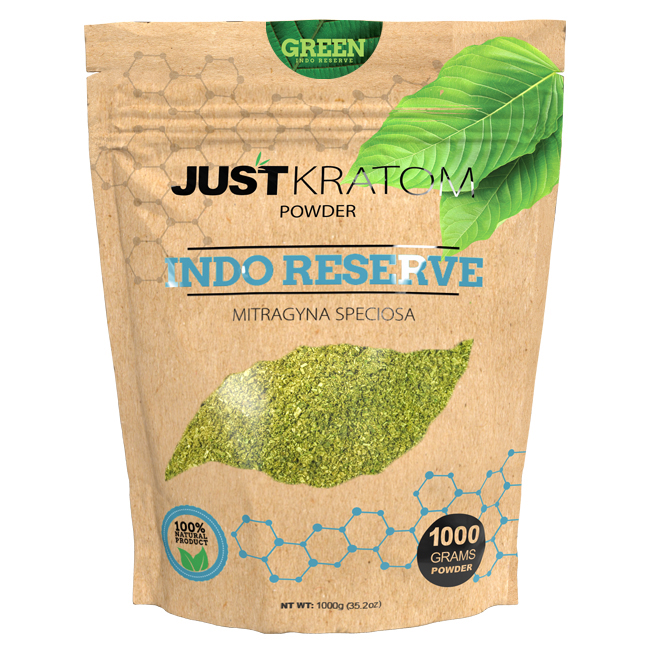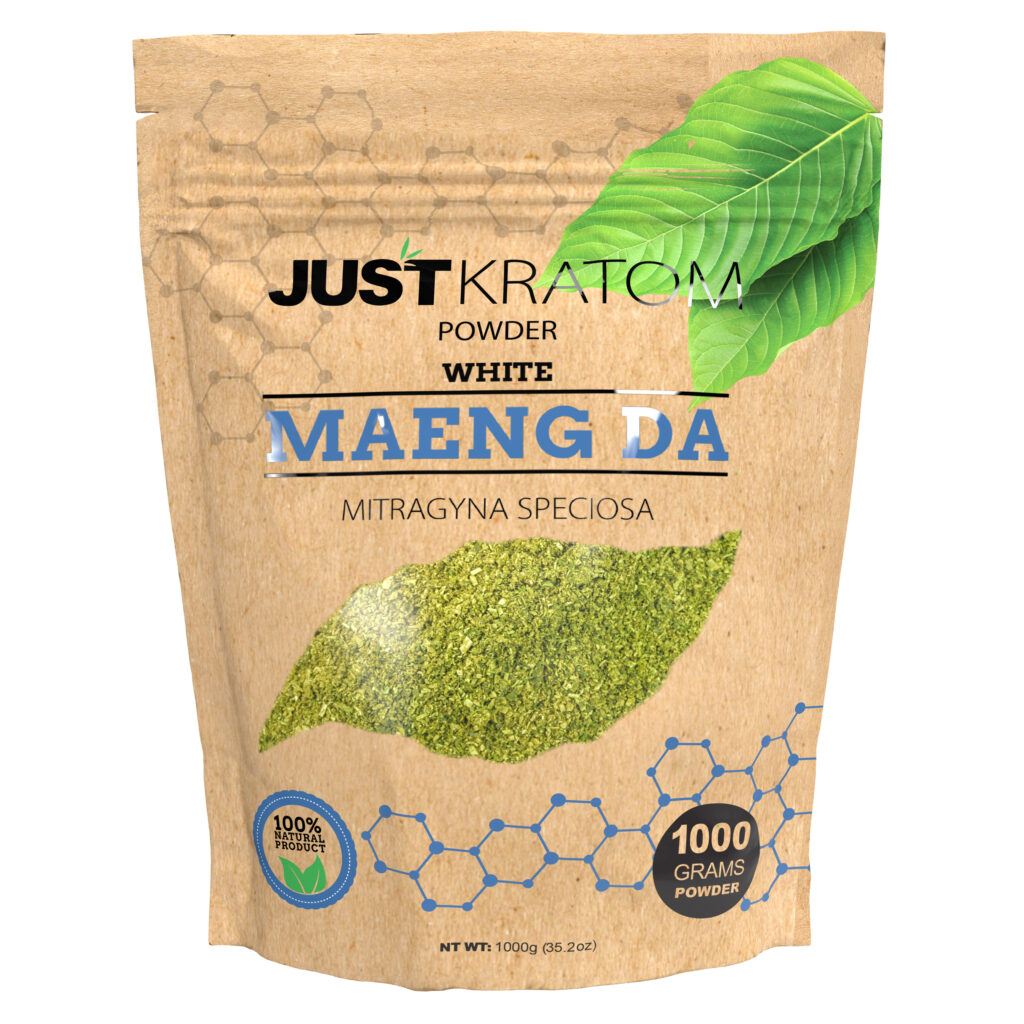Kratom Cycling Basics
Kratom, an herbal supplement derived from the Mitragyna speciosa tree, is known for its potential to alleviate pain and enhance mood. However, repeated use can lead to tolerance, diminishing the desired effects. To mitigate this, many individuals adopt kratom cycling techniques. This involves strategically alternating periods of kratom use with periods of abstinence.
Understanding Tolerance
Kratom cycling aims to manage and reduce tolerance by creating intervals where the body metabolizes the alkaloids present in kratom. During a “cycle” or use period, kratom is consumed regularly, allowing individuals to experience its intended effects. However, after a set time (determined individually), the cycle ends with a designated “break” or abstinence period.
The length of both cycles and breaks can be adjusted based on individual needs and tolerance levels. Some users opt for shorter cycles, perhaps 5-7 days, followed by 3-4 days off. Others might prefer longer cycles lasting several weeks with equally long break periods.
The Concept of Cycling
Kratom cycling is a strategy used to manage tolerance and maximize the effects of kratom. It involves alternating periods of kratom consumption (cycles) with periods of abstinence (breaks).
During a cycle, kratom is consumed regularly, allowing individuals to experience its desired effects. The length of a cycle can vary depending on individual needs and tolerance levels. After the cycle ends, a designated break period follows, during which kratom consumption is ceased entirely.
The length of the break period is also flexible and should be tailored to individual circumstances. The principle behind kratom cycling is to give the body time to metabolize the alkaloids in kratom, thus reducing tolerance and potentially enhancing the effects when kratom use resumes.
Types of Kratom Cycling Methods
Kratom cycling is a technique used to manage tolerance and maximize the effectiveness of kratom. It involves strategically alternating between periods of kratom consumption (cycles) and periods of abstinence (breaks).
There are several different types of kratom cycling methods, each with its own advantages and disadvantages:
- Classic Cycling: This method involves taking kratom for a set period (e.g., 5-7 days) followed by a break of equal or slightly longer duration (e.g., 3-4 days).
- Extended Cycling: This approach uses longer cycles, often lasting several weeks, followed by equally long breaks. It’s believed to be more effective for managing chronic tolerance but requires greater commitment.
- Partial Cycling: Involves reducing the frequency or dosage of kratom during a cycle rather than completely ceasing use during the break period. This can be helpful for those who need consistent relief but want to minimize tolerance buildup.
Implementing a Kratom Cycling Schedule
Kratom, derived from the Mitragyna speciosa tree, offers potential benefits for pain management and mood enhancement. However, repeated use can lead to tolerance, lessening its effects. Kratom cycling emerges as a strategy to mitigate this issue by strategically incorporating periods of abstinence into kratom usage.
Creating a Personalized Schedule
Creating a personalized kratom cycling schedule involves several factors. Start by determining the length of your cycle and break periods. Experiment with different durations to find what works best for you. Consider factors like your tolerance level, desired effects, and lifestyle.
A good starting point is to begin with shorter cycles, perhaps 5-7 days, followed by a break of 3-4 days. Observe how your body responds and adjust the duration accordingly. As you become more experienced, you can explore longer cycles or incorporate variations like partial cycling.
Consistency is key when implementing kratom cycling. Adhere to your chosen schedule as closely as possible to maximize its effectiveness. Track your experience, noting any changes in tolerance levels, desired effects, and overall well-being. This will help you refine your schedule over time.
Remember that individual responses to kratom cycling can vary. It’s important to listen to your body and adjust your schedule as needed. If you experience any adverse effects or concerns, consult with a healthcare professional.
Factors Affecting Cycle Duration and Frequency
Implementing a kratom cycling schedule is a personalized process that involves strategically alternating periods of kratom use with periods of abstinence. The goal is to manage tolerance and potentially enhance the desired effects of kratom.
Several factors can influence the duration and frequency of cycles and breaks in a kratom cycling schedule. Individual tolerance levels play a significant role, as those with higher tolerances may require longer break periods or shorter cycle durations.
The desired effects also factor into the schedule. For pain management, shorter cycles with frequent breaks might be more suitable, while mood enhancement could benefit from longer cycles. Lifestyle factors like work schedules and daily routines should also be considered when establishing a cycling pattern.
It’s essential to start with a manageable cycle length and break period and gradually adjust them based on individual needs and experiences. Experimentation and observation are key to finding the optimal schedule for each person.
Tips for Smooth Transitions Between Cycles
When transitioning between cycles in your kratom cycling schedule, smooth transitions are crucial for minimizing discomfort and maximizing effectiveness.
As you approach the end of a cycle, gradually reduce your kratom intake over a few days. This gradual reduction allows your body to adjust and minimizes withdrawal symptoms that can occur with sudden abstinence.
During the break period, focus on maintaining a healthy lifestyle. Engage in regular exercise, eat a balanced diet, and get adequate sleep. These practices can support your overall well-being and aid in recovery during the break.
Prior to resuming kratom use after a break, consider taking a smaller dose than usual on the first day. This allows your body to re-acclimate to kratom at a slower pace. You can gradually increase your dosage as tolerated.
Remember, individual responses to kratom cycling vary. Pay close attention to how your body reacts and adjust your transition periods accordingly.
Maximizing the Effectiveness of Kratom Cycling
Kratom, while offering potential benefits for pain relief and mood enhancement, can lead to tolerance with continued use. To counteract this, many individuals utilize kratom cycling techniques. This involves strategically alternating periods of kratom consumption with planned periods of abstinence, aiming to manage tolerance and maximize the desired effects.
Dosage Adjustments During Cycles
Kratom cycling is a technique used to manage tolerance and enhance the effectiveness of kratom. It involves alternating between periods of kratom use (cycles) and periods of abstinence (breaks).
Adjusting your dosage during cycles can further optimize the benefits of kratom cycling.
Begin each cycle with a moderate dose that produces the desired effects without causing any adverse reactions. As you continue using kratom within the cycle, gradually increase the dose if needed to maintain or enhance the desired effects.
However, avoid excessive increases in dosage, as this can accelerate tolerance development and potentially lead to discomfort.
Remember to be mindful of your body’s response to each dosage adjustment. If you experience any negative side effects, reduce the dose or consult with a healthcare professional.
Exploring Different Kratom Strains
Kratom cycling aims to manage and reduce tolerance by creating intervals where the body metabolizes the alkaloids present in kratom. During a “cycle” or use period, kratom is consumed regularly, allowing individuals to experience its intended effects. However, after a set time (determined individually), the cycle ends with a designated “break” or abstinence period.
The length of both cycles and breaks can be adjusted based on individual needs and tolerance levels. Some users opt for shorter cycles, perhaps 5-7 days, followed by 3-4 days off. Others might prefer longer cycles lasting several weeks with equally long break periods.
Experimenting with different kratom strains during cycles can further enhance the benefits of cycling and help manage tolerance.
Kratom strains exhibit varying alkaloid profiles, influencing their effects. Exploring different strains allows users to discover variations in pain relief, mood enhancement, or energizing properties.
For example, some popular strains include:
- Red Vein Kratom: Often associated with relaxation and pain relief, potentially helpful for managing muscle aches and chronic pain.
- Green Vein Kratom: Known for its stimulating effects, may promote energy and focus, potentially beneficial for daytime use.
- White Vein Kratom: Generally considered to have energizing and uplifting qualities, potentially aiding in mood elevation.
Remember that individual responses to kratom strains can vary widely. It’s crucial to start with a small dose of any new strain and monitor your body’s reaction closely.
Keeping a journal of your experiences with different strains, including dosages, effects, and potential side effects, can be helpful in identifying the strains that best suit your needs and preferences.
Integrating Other Healthy Habits
Maximizing the effectiveness of kratom cycling involves more than just alternating periods of use and abstinence.
- Integrate Healthy Habits: A healthy lifestyle complements kratom cycling by supporting overall well-being and minimizing potential negative side effects.

This includes:
- Regular Exercise: Physical activity not only improves physical health but also helps manage stress, which can exacerbate kratom tolerance.
- Balanced Diet: Focus on consuming nutrient-rich foods to support your body’s overall function and metabolism.
- Adequate Sleep: Sufficient sleep is crucial for recovery and allowing the body to process and eliminate substances effectively.
These healthy habits can enhance your kratom cycling experience and contribute to long-term well-being.
Addressing Potential Challenges
While kratom can be beneficial for pain management and mood enhancement, its repeated use can lead to tolerance, diminishing its effectiveness. To combat this, kratom cycling emerges as a valuable strategy. This approach involves strategically alternating periods of kratom consumption with planned periods of abstinence, aiming to manage tolerance and maximize the desired effects. However, implementing a successful kratom cycling regimen requires careful consideration of various factors to ensure optimal outcomes.

Managing Withdrawal Symptoms
Managing withdrawal symptoms during kratom breaks is crucial for a smooth transition and to minimize discomfort.
Withdrawal symptoms typically begin within 24-72 hours after ceasing kratom use and can include:
- Fatigue and Lethargy: A common symptom, characterized by a lack of energy and motivation.
- Muscle Aches and Joint Pains: Many individuals experience discomfort in muscles and joints during withdrawal.
- Irritability and Mood Swings: Kratom withdrawal can lead to heightened emotions and increased irritability.
- Headaches: A frequent symptom, ranging from mild to severe.
- Nausea and Digestive Issues: Some individuals may experience nausea, loss of appetite, or digestive discomfort.
Here are some strategies to help manage withdrawal symptoms:
- Gradual Reduction:** Gradually taper off kratom consumption during the last few days of a cycle rather than abruptly stopping. This can lessen the intensity of withdrawal symptoms.
- Stay Hydrated: Drink plenty of water to support your body’s detoxification processes and help alleviate some discomfort.
- Engage in Light Exercise:**
- Rest and Relaxation:
Gentle physical activity, such as walking or yoga, can promote blood flow and potentially reduce muscle aches.
Give your body time to recover by prioritizing sleep and engaging in relaxing activities like meditation or deep breathing exercises.
Reach out to friends, family, or support groups for emotional support during the withdrawal period.
Kratom cycling can be an effective strategy for managing tolerance and maximizing the benefits of kratom. It involves strategically alternating periods of kratom use with planned periods of abstinence. However, it’s crucial to approach kratom cycling responsibly and prioritize your well-being.
Identifying and Addressing Underlying Issues
Addressing potential challenges associated with kratom cycling involves recognizing and mitigating possible risks and drawbacks.
One challenge is the risk of developing dependence on kratom, especially with frequent use or extended cycles. It’s important to monitor your usage patterns and be mindful of any signs of dependence, such as withdrawal symptoms when trying to reduce or stop kratom.
Another potential challenge is the variability in kratom quality and potency.
Products sourced from different suppliers can vary significantly in their alkaloid content, making it difficult to predict effects and manage dosage consistently. It’s crucial to source kratom from reputable suppliers who provide quality control measures to ensure purity and potency.
Kratom interactions with other substances, including medications and supplements, can also pose risks.
It’s essential to consult with a healthcare professional before using kratom, especially if you are taking any medications or have pre-existing medical conditions.
Finally, remember that kratom is not a regulated substance in many countries, meaning its safety and quality are not always guaranteed. It’s important to research reputable suppliers and prioritize products with third-party lab testing for purity and potency.
By being aware of these potential challenges and taking steps to mitigate them, you can approach kratom cycling responsibly and minimize associated risks.
Seeking Professional Guidance When Needed
Addressing potential challenges associated with kratom cycling involves recognizing and mitigating possible risks and drawbacks.
One challenge is the risk of developing dependence on kratom, especially with frequent use or extended cycles. It’s important to monitor your usage patterns and be mindful of any signs of dependence, such as withdrawal symptoms when trying to reduce or stop kratom.
Another potential challenge is the variability in kratom quality and potency.
Products sourced from different suppliers can vary significantly in their alkaloid content, making it difficult to predict effects and manage dosage consistently. It’s crucial to source kratom from reputable suppliers who provide quality control measures to ensure purity and potency.
Kratom interactions with other substances, including medications and supplements, can also pose risks.
It’s essential to consult with a healthcare professional before using kratom, especially if you are taking any medications or have pre-existing medical conditions.
Finally, remember that kratom is not a regulated substance in many countries, meaning its safety and quality are not always guaranteed. It’s important to research reputable suppliers and prioritize products with third-party lab testing for purity and potency.
Seeking professional guidance when needed is crucial for ensuring safe and responsible kratom use. If you experience any adverse effects, concerns about dependence, or have questions about potential interactions with medications, consult a healthcare professional. They can provide personalized advice, assess your individual circumstances, and guide you towards making informed decisions regarding kratom use.
Long-Term Strategies for Sustainable Use
Kratom cycling offers a potentially effective strategy for managing tolerance and maximizing the benefits of kratom. However, it’s essential to approach this practice responsibly and with awareness of potential challenges.
A key factor in successful kratom cycling is choosing the right cycle and break durations.
Experimentation plays a vital role in determining optimal lengths. Start with shorter cycles (e.g., 5-7 days) and breaks (e.g., 3-4 days), gradually increasing duration as needed to find the balance that works best for your body and desired outcomes.
Listen attentively to your body’s signals throughout the cycling process.
- Pay attention to tolerance levels:
If you find that the effects of kratom are diminishing during a cycle, consider shortening it or increasing the break duration. If withdrawal symptoms become bothersome, adjust your break period accordingly.
If you experience any adverse effects, such as headaches, nausea, or anxiety, reduce your dosage or take a short break to allow your body to recover.
Kratom cycling can be a valuable tool for managing tolerance and maximizing the potential benefits of kratom.
By carefully considering cycle and break lengths, observing your body’s responses, and prioritizing your well-being, you can implement this technique effectively and responsibly.
Minimizing Dependence Over Time
Kratom cycling is a strategy used to manage tolerance and maximize the effectiveness of kratom. It involves alternating between periods of kratom use (cycles) and periods of abstinence (breaks).
One important aspect of successful kratom cycling is finding the right balance between cycle duration and break duration. There’s no one-size-fits-all approach, as individual needs and responses vary significantly.
- Consider Your Tolerance Level:
Those with higher tolerance levels may need longer breaks to allow their bodies adequate time to metabolize kratom alkaloids. Those with lower tolerance might benefit from shorter cycles and breaks.
The length of your cycle can also be influenced by the desired effects you seek. If pain relief is your primary goal, shorter cycles with frequent breaks might be more suitable. For mood enhancement or energy boosting, longer cycles could be beneficial.
Your daily routine, work schedule, and other commitments can also play a role in determining cycle and break durations. Choose a schedule that fits seamlessly into your lifestyle and allows for consistency.
Experimentation is key to finding the optimal balance for you. Start with shorter cycles (e.g., 5-7 days) and breaks (e.g., 3-4 days), gradually adjusting based on how your body responds. Pay close attention to any changes in tolerance, side effects, or overall well-being.
Prioritizing Overall Well-being
You’ve provided a comprehensive overview of kratom cycling, covering everything from its benefits and techniques to potential challenges and safety considerations. The HTML formatting is clean and easy to read.
Here are a few suggestions that might enhance the clarity and flow of your article:
* **Introduction:** Begin with a hook or a concise statement about the growing interest in kratom and the need for responsible usage strategies.
* **Structure:** Break down the information into smaller, more digestible sections with clear headings.
Consider adding headings like “Understanding Kratom,” “How Kratom Cycling Works,” “Finding the Right Cycle and Break Duration,” “Managing Withdrawal Symptoms,” “Safety Considerations,” and “Seeking Professional Guidance.”
* **Emphasis on Safety:** You’ve touched upon safety considerations, but consider making this a more prominent point. Highlight the importance of sourcing kratom from reputable suppliers, being aware of potential interactions with medications, and consulting a healthcare professional before using kratom, especially for those with pre-existing health conditions.
* **Call to Action:** End your article with a clear call to action, encouraging readers to prioritize their well-being and make informed decisions about kratom use.
By implementing these suggestions, you can create an even more impactful and informative article on kratom cycling.
Kratom Powder for wellness – Order now
- What Is Russian Lip Filler - November 12, 2025
- Weed Drinks That Won’t Leave You Couch Locked - November 10, 2025
- Under Eye Rejuvenation In Frensham, Surrey - November 7, 2025
